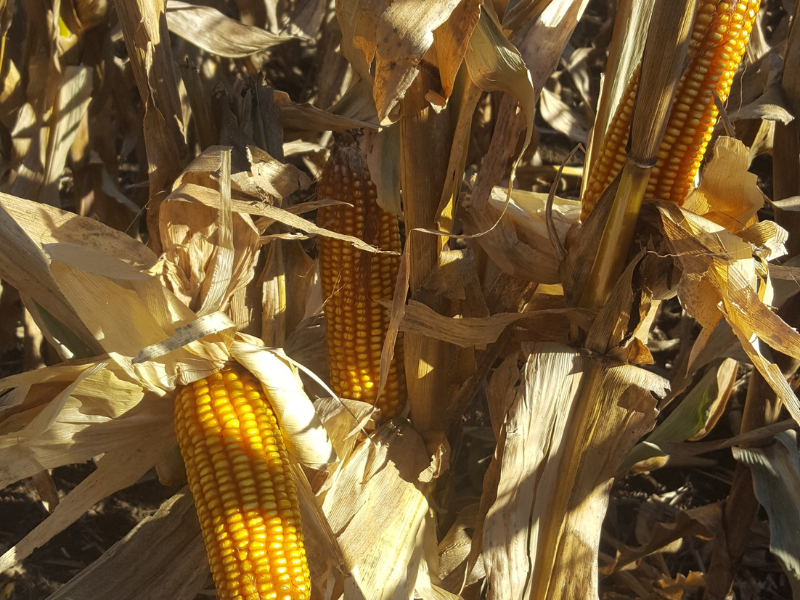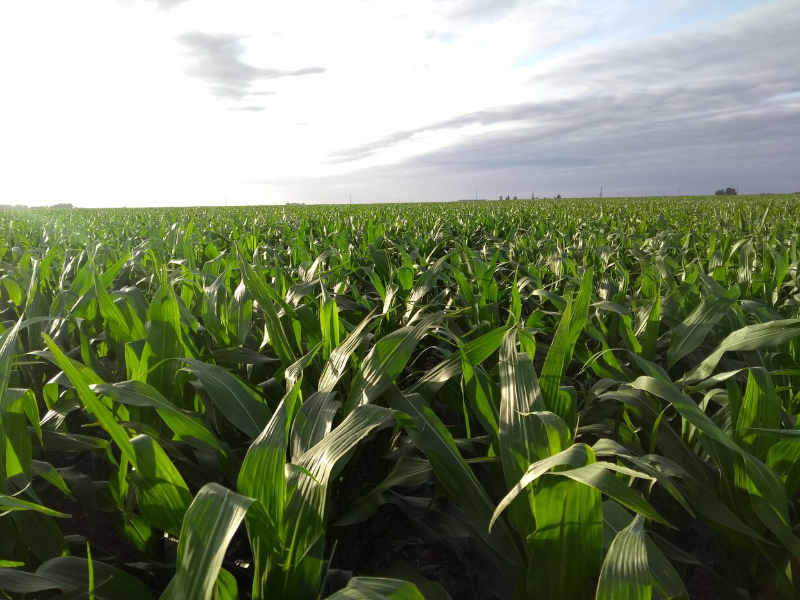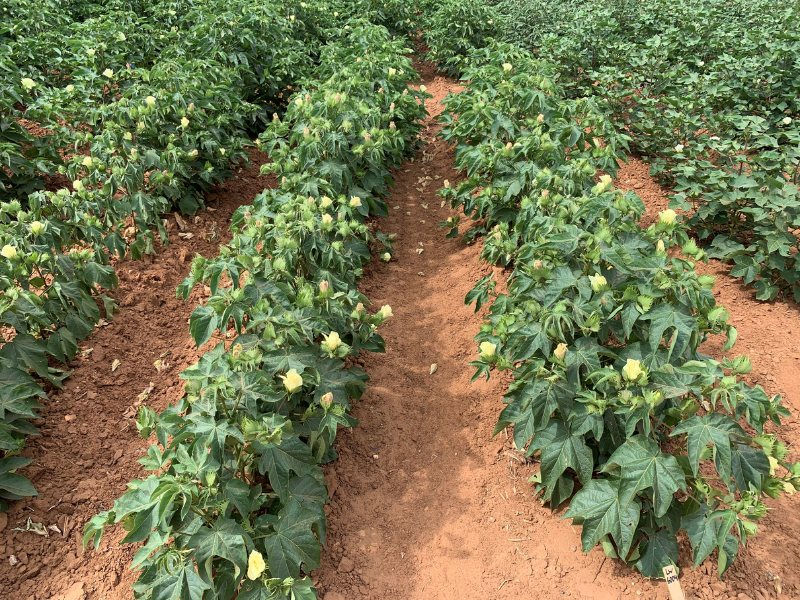Production Agriculture
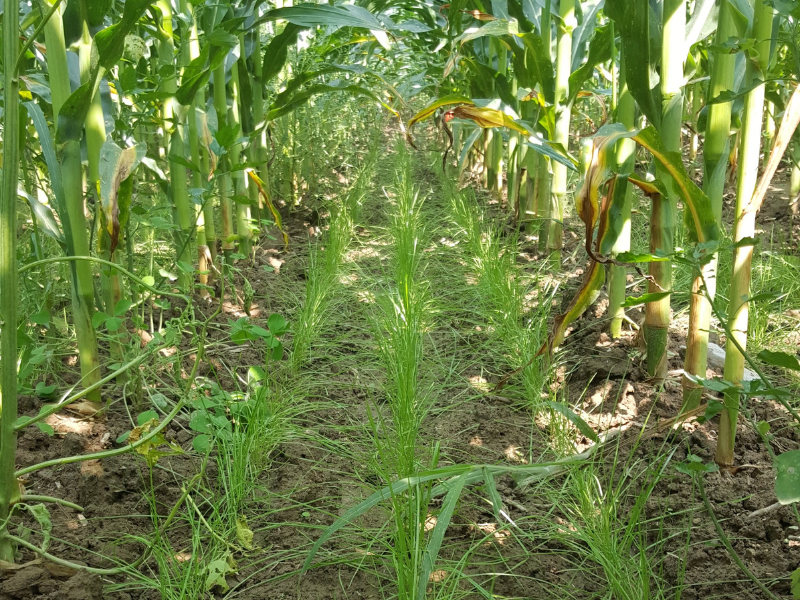
Fields of amber grain may be the poetic image of American farmland. And it’s true that the U.S. grows plenty of wheat. But fields of yellow grain – corn – may be more accurate.
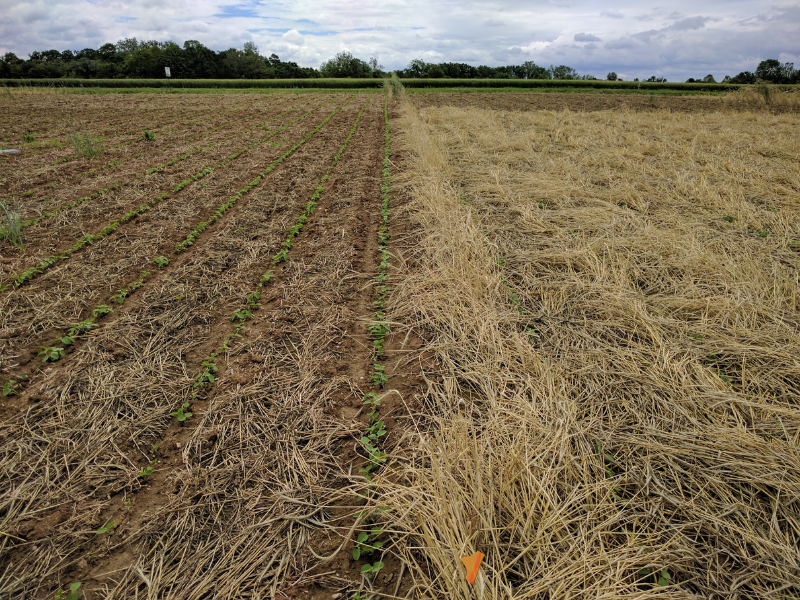
Planting cover crops is a beneficial agricultural practice. One of their many benefits is to cover soil for times when farmers cannot plant cash crops like corn and soy – over the winter, for example. But it is not as simple as just growing cover crops in between growing seasons. Farmers have multiple decisions to make about optimizing cover crop production.

The grain called finger millet may not be well-known outside of Africa, but it is an important crop to the region. Finger millet has been farmed in eastern Africa for thousands of years. However, breeding the crop for better traits has been difficult for local farmers.
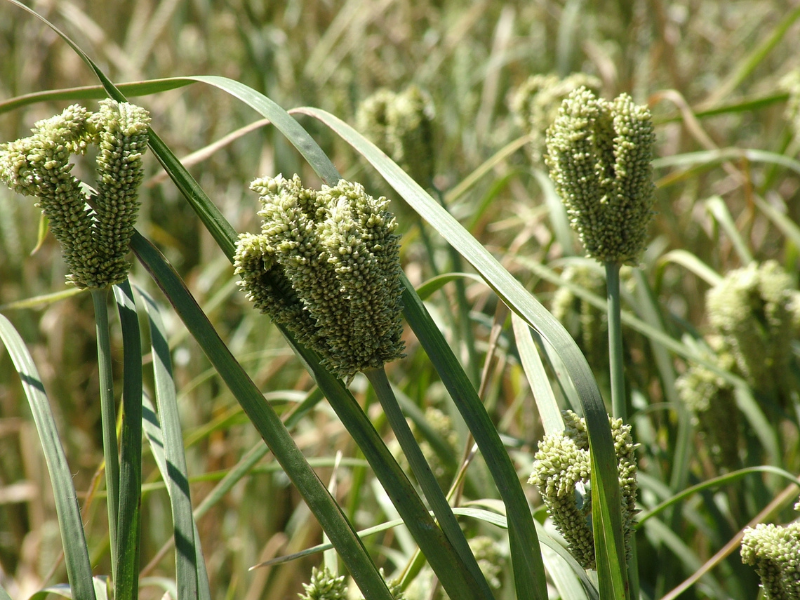
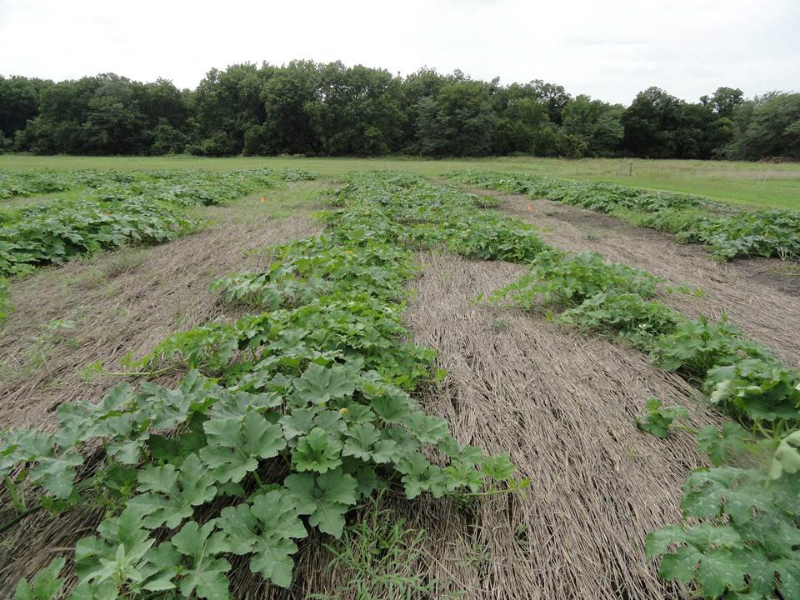
Pumpkins (Cucurbita pepo) are a common vegetable crop sold at local pumpkin patches and farmers markets. They are also used in commercial production (like canned pumpkin). In 2019, the value of harvested pumpkin was worth $180 million.
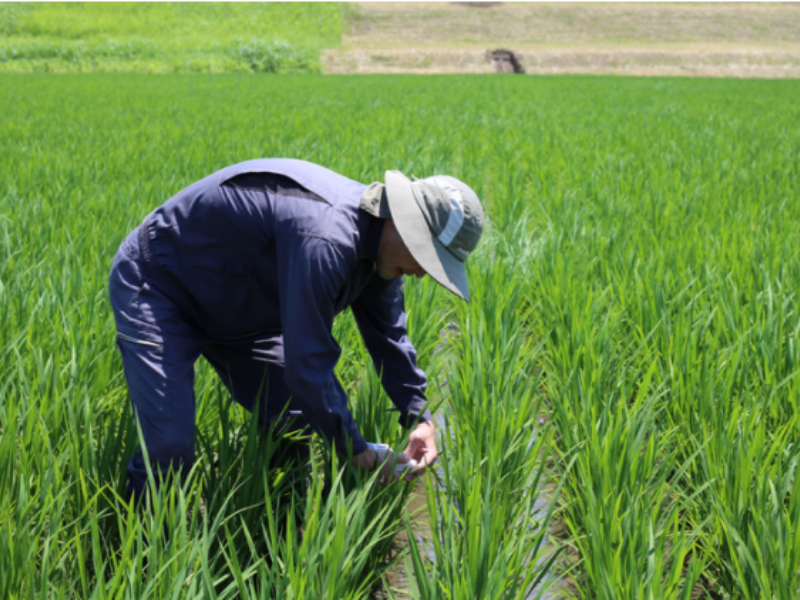
There’s a widespread problem in rice growing that you’ve probably never heard of. Rice plants that face elevated temperatures can produce “chalky grains” that are easily crushed during the milling process. This leads to lost profits because the price is lower for chalky grains than undamaged grains.
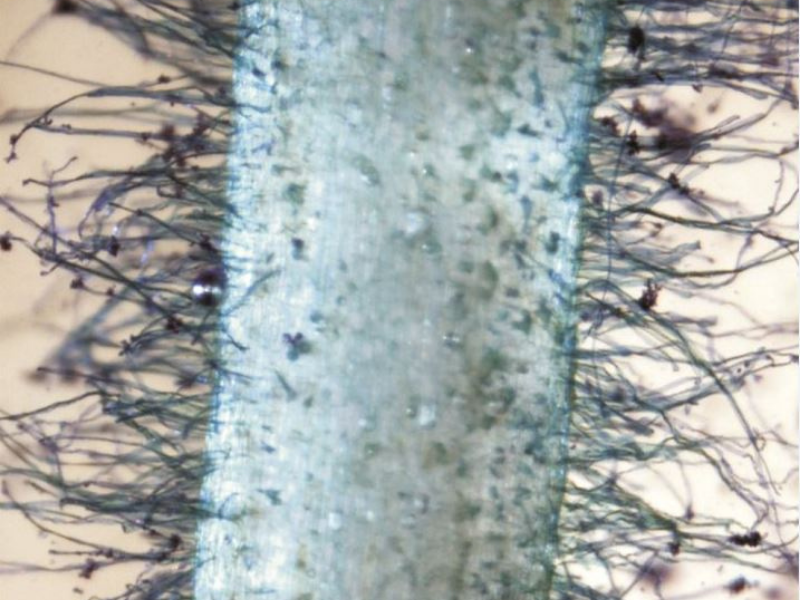
Cowpea is an important crop in many parts of the world, especially sub-Saharan Africa. It is resilient and can grow in areas with little rainfall and low-quality soils. But as hardy as it is, cowpea yields can decrease by drought and low levels of soil phosphorus.
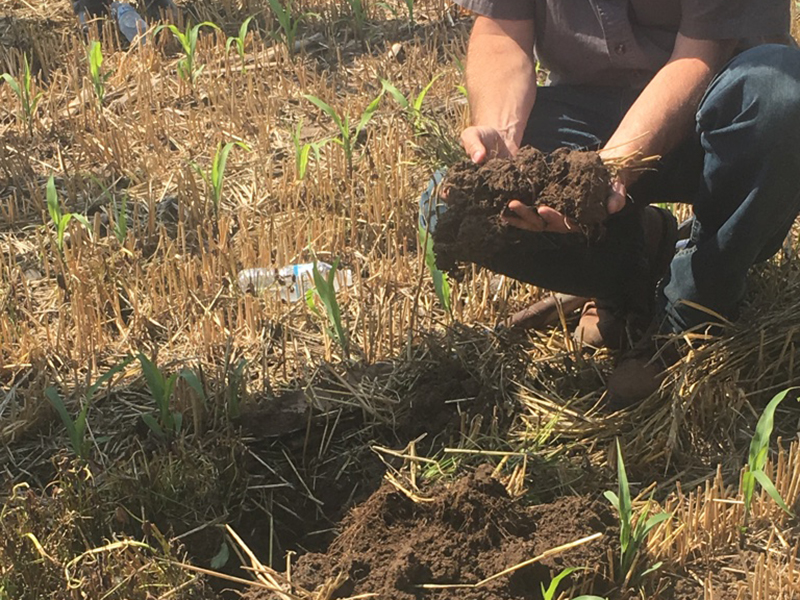
Baking a cake from scratch has more variables than baking one from a boxed mix. Though one can debate why – and when – cake mixes were developed, they are popular, and produce a uniform product. (They were really patented in the 1930s!)
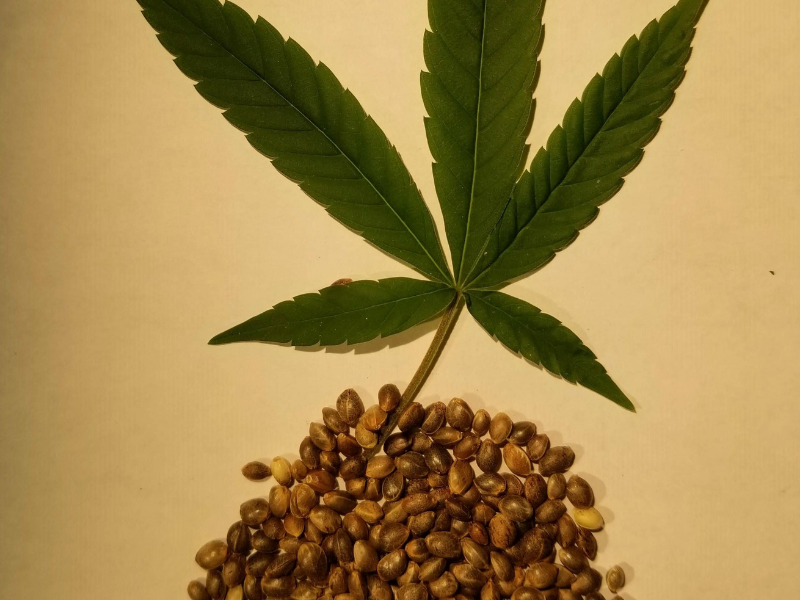
After decades of being relegated and regulated, research on industrial hemp as a valuable crop is far behind. That’s because the United States banned the use of hemp in the 1930s. The result was all research about this crop stopped, too. Now that the Farm Bill allows for the growing and use of industrial hemp, researchers have a decades-long gap in knowledge.

